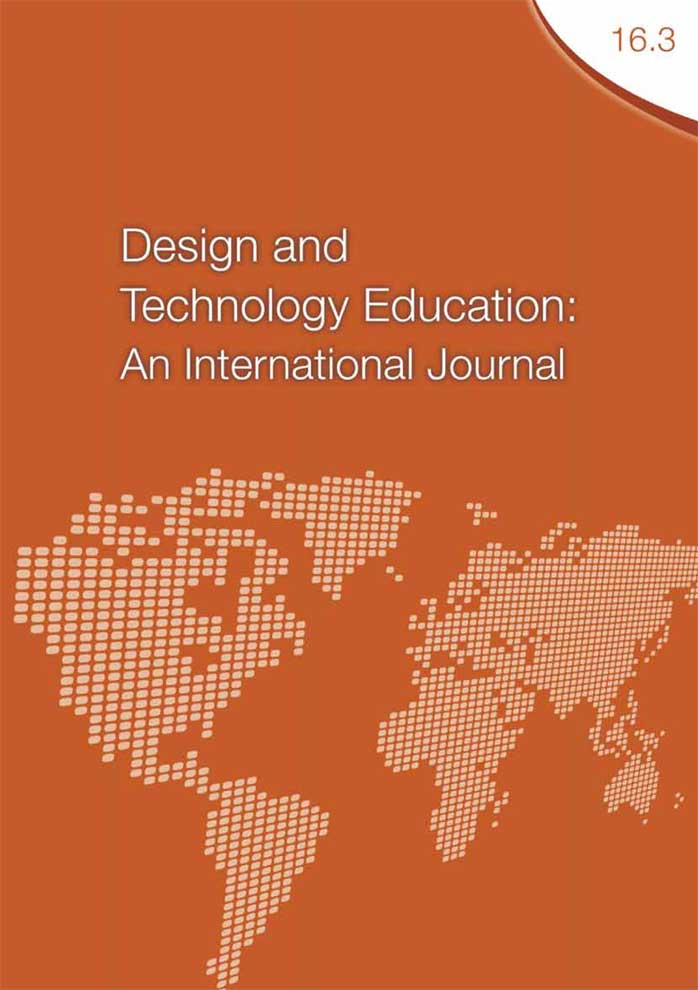LEGO Robotics: An authentic problem solving tool?
Keywords:
technology, LEGO robotics, problem solving, metacognition, reflection, authentic contextsAbstract
With the current curriculum focus on correlating classroom problem solving lessons to real-world contexts, are LEGO robotics an effective problem solving tool? This present study was designed to investigate this question and to ascertain what problem solving strategies primary students engaged with when working with LEGO robotics and whether the students were able to effectively relate their problem solving strategies to real-world contexts. The qualitative study involved 23 Grade 6 students participating in robotics activities at a Brisbane primary school. The study included data collected from researcher observations of student problem solving discussions, collected software programs, and data from a student completed questionnaire. Results from the study indicated that the robotic activities assisted students to reflect on the problem solving decisions they made. The study also highlighted that the students were able to relate their problem solving strategies to real-world contexts. The study demonstrated that while LEGO robotics can be considered useful problem solving tools in the classroom, careful teacher scaffolding needs to be implemented in regards to correlating LEGO with authentic problem solving. Further research in regards to how teachers can best embed realworld contexts into effective robotics lessons is recommended.
Downloads
Published
How to Cite
Issue
Section
License

This work is licensed under a Creative Commons Attribution 4.0 International License.
This work is licensed under a Creative Commons Attribution 4.0 International License.
Authors who publish with this journal agree to the following terms:
Authors retain copyright and grant the journal right of first publication with the work simultaneously licensed under a Creative Commons Attribution License that allows others to share the work with an acknowledgement of the work's authorship and initial publication in this journal.
Authors are able to enter into separate, additional contractual arrangements for the non-exclusive distribution of the journal's published version of the work (e.g., post it to an institutional repository or publish it in a book), with an acknowledgement of its initial publication in this journal.


